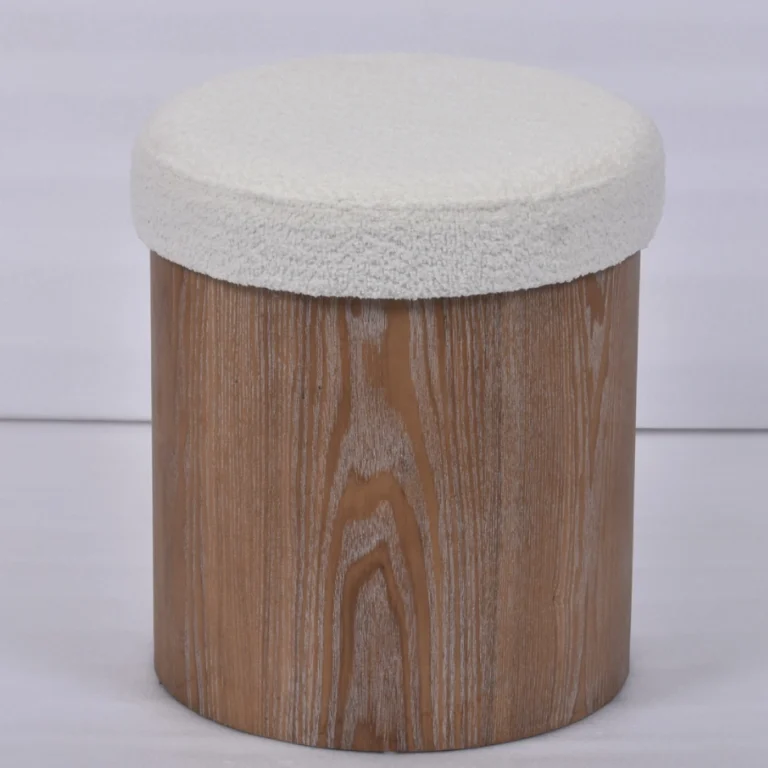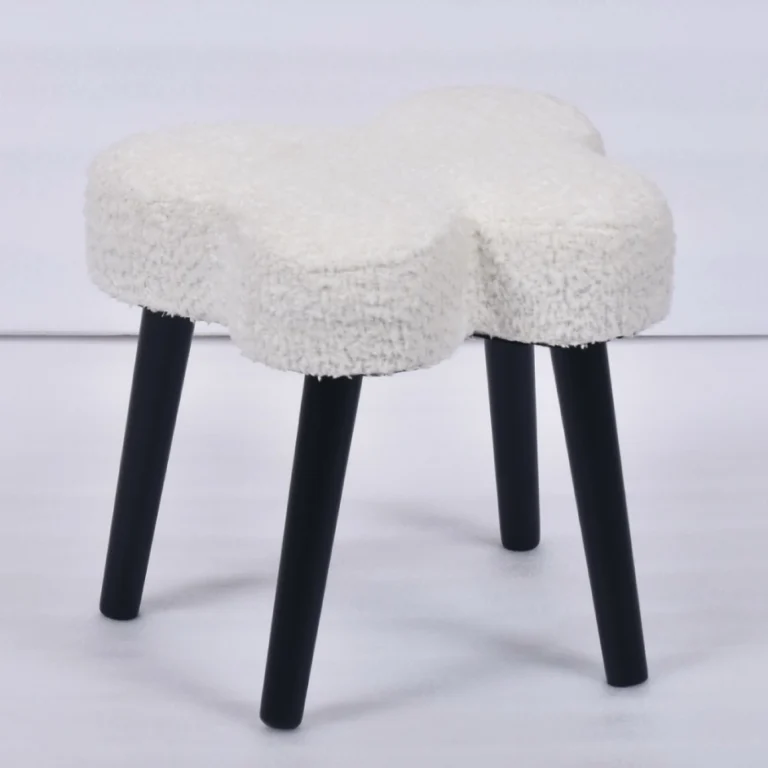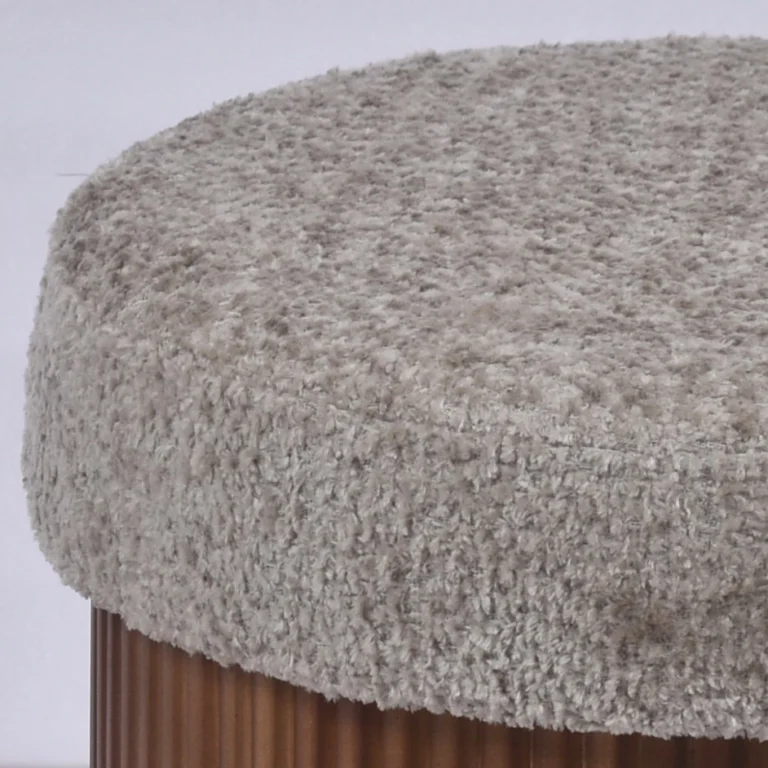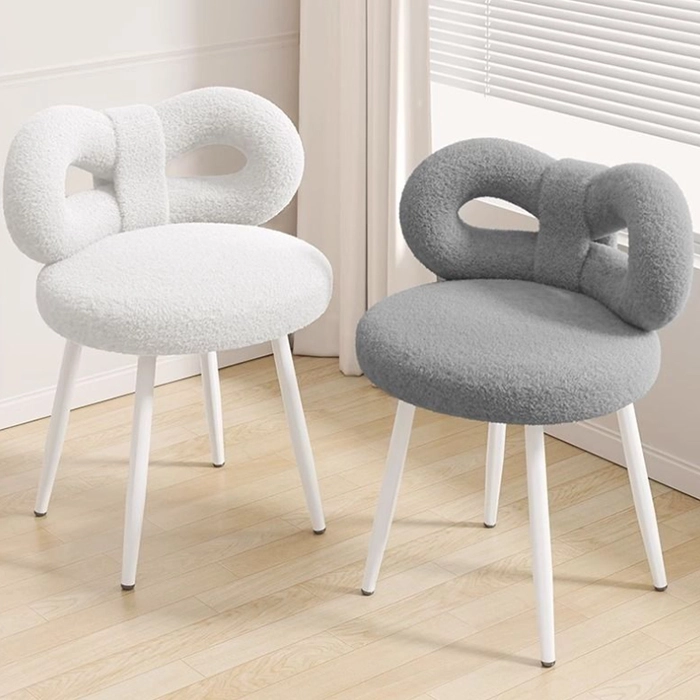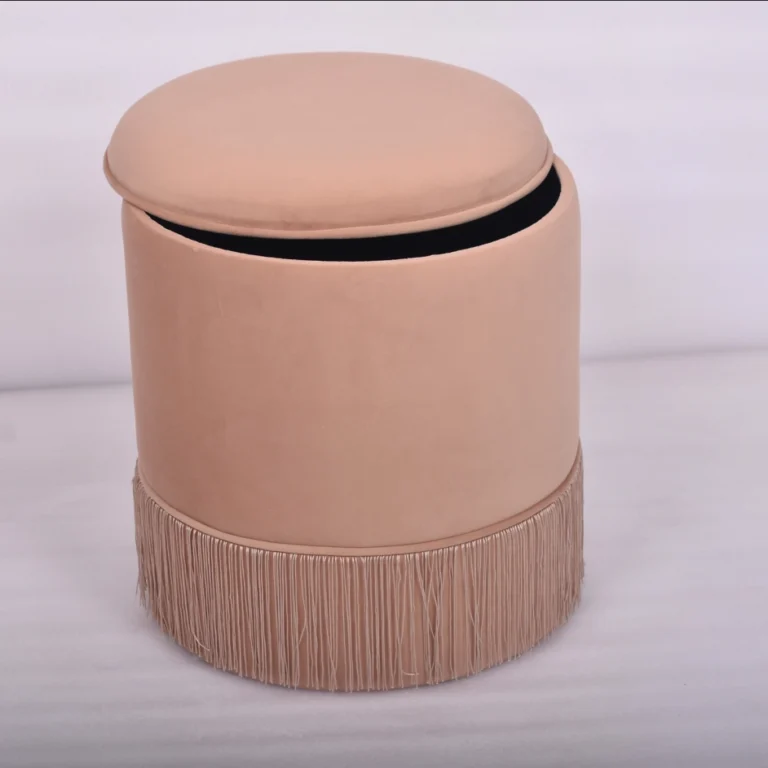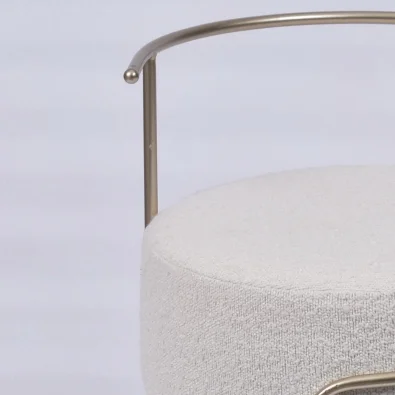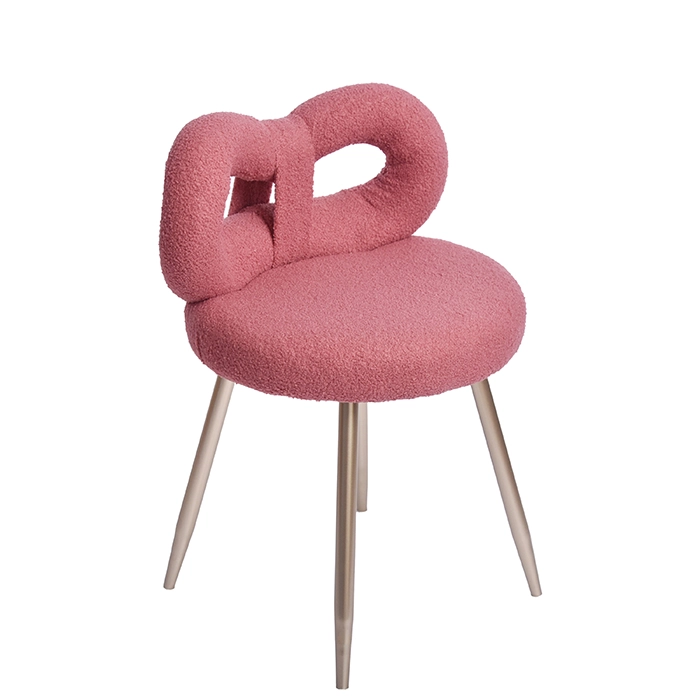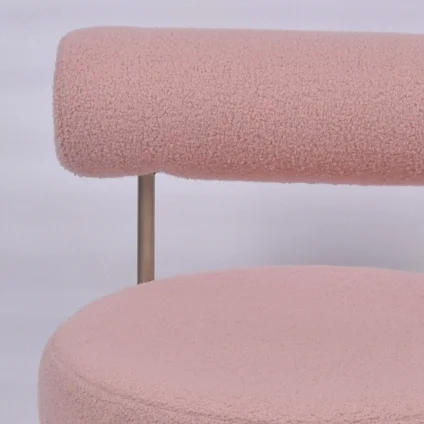Small Ottoman Bench
Ottoman Bench Design Philosophy & Aesthetic Analysis
Blending Euro-American Minimalism with Middle Eastern Traditional Elements
Embracing teruierfurniture’s Design Ethos
Design Essence: A Symphony of East-West Aesthetics
Cultural DNA Fusion
-
Middle Eastern Legacy:
-
Low-profile silhouette inspired by Ottoman-era seating, featuring geometric piercings or brass inlays (e.g., crescent-star motifs, arabesque patterns), paying homage to Islamic art’s pursuit of eternal order.
-
-
Euro-American Modernity:
-
Clean linear frames with softened edges reduce visual bulk while enhancing spatial adaptability, echoing Nordic functionalism and Italian minimalist restraint.
-
Material Dialogue: Balancing Nature and Luxury
-
Structure:
-
Solid black walnut or smoked oak base with wood grain evoking wind-carved desert landscapes, mirroring the raw power of Middle Eastern terrain.
-
-
Upholstery:
-
Traditional: Crimson/cobalt velvet or Persian Kilim handwoven textiles with gold-thread fringe.
-
Contemporary: Gray linen or vegetable-tanned leather, channeling wabi-sabi through organic textures.
-
teruierfurniture signature: Parchment-toned leather paired with antique copper rivets, striking a balance between ruggedness and refinement.
-
Functional Redefinition: Beyond Seating
Modular Scenarios
| Role | Use Case | Design Feature |
|---|---|---|
| Entryway Perch | Key drop station with tray | Recessed anti-slip top surface |
| Tea Side Table | Holds Turkish copper trays | Heat-resistant ceramic inlay |
| Bedroom Footrest | Gentle morning transition | 15cm height (standard bed适配) |
| Auxiliary Seating | Salon gatherings | Internal steel frame (200kg load) |
Spatial Storytelling: Cultural Immersion
-
Middle Eastern Context:
-
Positioned beneath an arched niche with Moroccan lanterns and Persian rugs, recreating Damascene courtyard evenings.
-
-
Western Context:
-
Solo placement against loft white walls, material contrasts (e.g., raw concrete + warm wood) generating visual tension.
-
-
teruierfurniture philosophy: “Negative space for light” — 30cm under-bench clearance allows airflow and shadow play.
✨ Design Maxim:
True Eastern spirit lies not in symbolic excess but in the dialectic of “void” and “full”—like an Ottoman courtyard bench, where silent vacancy speaks louder than ornate carvings.
This concept prioritizes cultural authenticity over commercial labeling, adaptable from desert guesthouses to urban lofts via material modularity.
1. Cultural Code Matrix
| Dimension | Middle Eastern Tradition | Euro-American Translation | Hybrid Solution |
|---|---|---|---|
| Form | Horseshoe arches/star-cut legs | Parametric negative space | Laser-cut geometric panels (swappable) |
| Tactility | Hand-hammered copper trays | Magnetic removable cushions | Hidden slide-track + brass latch |
| Lightplay | Stained glass mosaic reflections | Acrylic light-diffusing panels | 3D-printed luminescent stone (dune-inspired) |
2. Material Tension Formula
Equation:
*(0.6×natural material roughness) + (0.3×industrial precision) + (0.1×cultural symbol translucency) = Contemporary hybrid aesthetic*
Application Example:
-
Seat: Dead Sea mud-cracked leather × German self-healing matte coating
Key adaptations:
-
“Kilim” retains cultural specificity; “arabesque” preferred over “藤蔓纹” (vine patterns) for global recognition.
-
Metric conversions (e.g., 30cm→11.8in) omitted for fluidity but can be added for technical specs.
-
“Wabi-sabi” and “Damascene” preserved as cross-cultural design lexicon.
Let me know if you’d like to emphasize certain sections for specific audiences (e.g., trade fairs vs. direct consumers).
